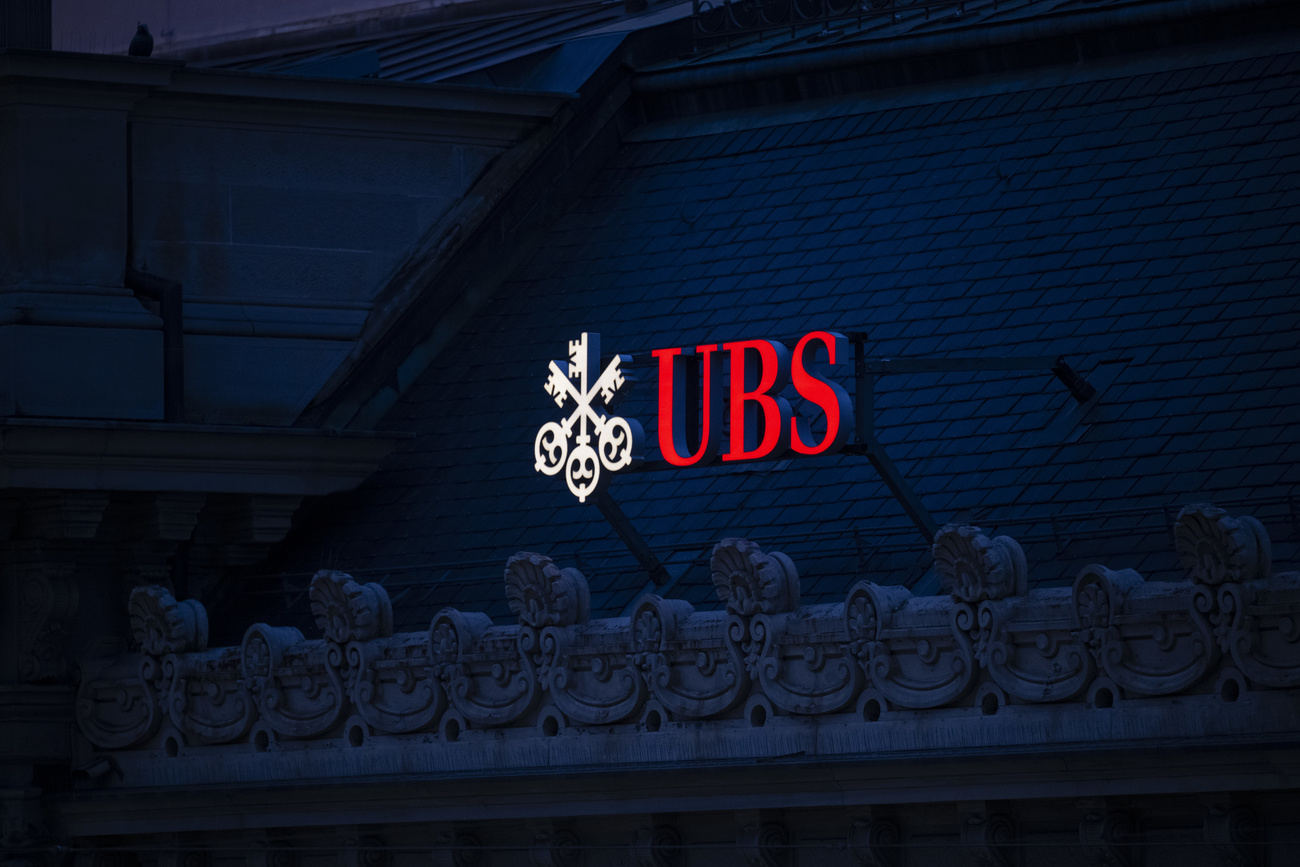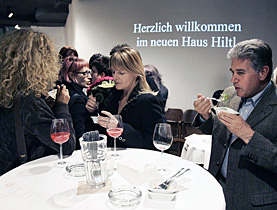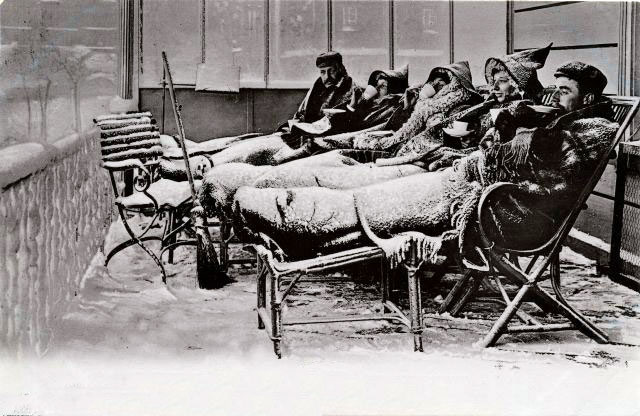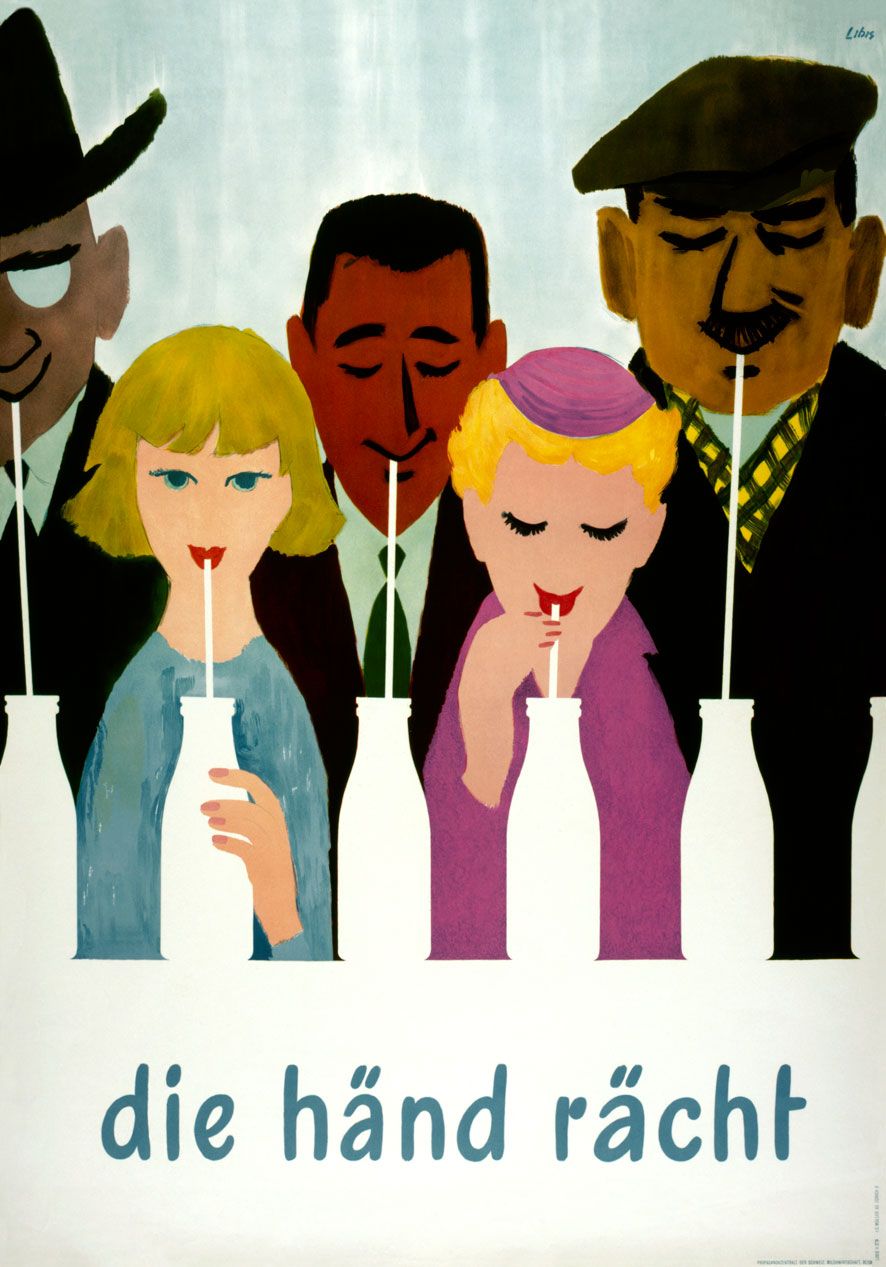Sun, mountains and Bircher muesli

In times gone by Switzerland’s health reputation was such that thousands flocked to the country for the healing properties of its sun, air and diet.
Its mountain sanatoriums were legendary. But pioneers also offered special Swiss therapies including a strict regime with raw fruit and vegetables or sitting in the sun clad only in a white hat and underpants.
The story of Switzerland’s golden age as a health paradise during the early years of the last century is documented in the “Magic Mountains” exhibition at the Swiss National Museum in Zurich, which began on Friday.
Its title is a wordplay on the novel, “The Magic Mountain”, written by German author Thomas Mann during a stay at a clinics in the Swiss alpine resort of Davos. Mann tried out the Swiss way of health, and he appears several times in the show.
Eberhard Wolff, of the Institute of Medicine at Zurich University and co-curator, said the aim was not to offer a sentimental look back at “the good old days”, especially when Switzerland’s image is currently under fire.
He said that the stereotype of healthy Switzerland dated back a long time. The first real peak was during the Enlightenment when Jean-Jacques Rousseau and Albrecht von Haller, championed the Alps as a place of well-being.
Swiss purity
“Switzerland is still connected with this idea of being healthy and maybe even more, it’s the idea of purity as well,” Wolff told swissinfo.ch.
“The idea behind this purity of the Alps, this purity of healthy living like vegetarianism has something to do with religion or the Zwinglian culture,” he added, referring to the famously dour Zurich Protestant reformer Ulrich Zwingli.
This seeped into health, Wolff said. “You can see this sort of self-restraint for example in the Bircher-Benner clinic in Zurich, where you had to undergo “Ordnungstherapie” which included first having a stroll in the morning before you had any breakfast.”
Max Bircher-Benner was the inventor of the famous Bircher muesli – one of the few Swiss German words to have made it into international parlance.
Raw apple
The good doctor had very strict ideas on healthy living including a raw fruit and vegetable diet, work in the garden and hydrotherapy. But his regime was not for everyone, and Mann fled after a short stay there, calling it “a hygienic jail”.
The muesli came about as a way of encouraging people to eat raw food, as the main ingredient was raw apple, rather than the cereal or yoghurt of today, Wolff said.
An original grater used by Bircher-Benner – who incidentally found it hard to give up smoking – can be viewed in the exhibition.
His sanatorium, one of the four “Magic Mountains” in the show, was called “Lebendige Kraft” (Vital Force). It opened on the Zurichberg, a hill above Zurich in 1904, the time when the “life reform” movement, which had evolved as a reaction against 19th century industrialisation, was gaining pace in Switzerland.
The movement was very much evidence at Monte Verità in Italian-speaking Ticino, which preached a utopian lifestyle of freedom, vegetarianism and, as a way of being closer to nature, nudism. Pictures show – dressed – people dancing outisde in a circle. There is also a gnarled-wood “vegetarian chair”.
Heliotherapy
One of the most important magic mountains of the time, now largely forgotten, was at Leysin, in the French-speaking part of Switzerland, where the doctor Auguste Rollier had his high altitude helioclinics.
Rollier believed the healing powers of the sun’s rays for people suffering from lupus vulgaris – tuberculosis-affected skin areas.
Pictures show youngsters wearing nothing except for the clinic’s typical white sun hat and underpants either sledging, on skis or having lessons outside. Adults are seen on loungers.
“In those days the [sun] filter was much better so these people didn’t all have skin cancer 30 years later. You couldn’t do this now,” co-curator Felix Graf told swissinfo.ch.
“They also worked with artificial light and were, also in Zurich, very successful against lupus vulgaris. This was before medications and there was no alternative.”
Such did the Swiss health landscape become intertwined with the national identity that the Leysin clinic became one of the motifs for Hans Erni’s monumental wall mural “Switzerland, holiday country of the nations” made for the 1939 national exhibition.
Rollier was world-famous in his day and his clinics attracted the great and the good, as a photo album documenting Mahatma Ghandi’s visit attests.
Luxury and illness
No look at health in Switzerland would, however, be complete without mention of the alpine tuberculosis sanatoriums.
The fourth magic mountain is in fact the real one, the Waldsanatorium in Davos in the eastern canton of Graubünden.
It is here, while visiting his wife at the clinic, that Mann gathered the impressions that formed the basis of his novel.
Exhibits show that a sanatorium stay was often a mix of the luxurious – silver lobster forks – and illness, as shown by the Blauer Heinrich pocket spittoons for TB patients.
Still healthy
The image of Switzerland as a place of health is still relevant today, the curators say. Tourism has of course helped. But the stereotypes have changed.
“It’s not the sanatorium anymore, it’s organic food which is very popular. Switzerland has one of the highest purchase rates in the world,” Wolff said. Fitness training and “wellness” stress-busting treatments are now commonplace.
Graf sums up how deeply engrained the idea of healthy living – the rise in obesity not withstanding – is on the Swiss psyche.
“Where do you think I’ll be on the Sunday after this exhibition opens? I will be on a seven-hour hike.”
Zauber Berge (Magic Mountains) – Switzerland as an energy centre and sanatorium runs March 26, 2010 until August 15, 2010 at the Swiss National Museum in Zurich.
The impetus for staging the exhibition came from the recently published biography of the medical doctor Dagmar Liechti-von Brasch (1911-1983), who was Max Bircher-Benner’s niece. She was the medical director of his clinic from 1948-1980.
What was planned as an exhibition about the two medical pioneers developed into one about the image of Switzerland as a paradise of health.
The original muesli was made up as follows (for one person): a level dessert spoon of oat flakes and 3 dessert spoons of water left to soften for 12 hours; juice of half a lemon, dessert spoon of condensed milk (Bircher-Benner advised against milk as could be contaminated with TB), 2 raw apples grated using special grater. A sprinkling of hazelnuts or almonds, if desired.
Max Bircher-Benner was very famous in his day with many followers and his muesli found its way into households. By the 1940s it was a popular family supper dish.
By the 1950s-1960s, however, it had extra ingredients such as cream and sugar. Industrially-produced muesli with dried fruits also came about, although this was far from the doctor’s original idea (he died in 1939). Nowadays muesli can be found in many forms.

In compliance with the JTI standards
More: SWI swissinfo.ch certified by the Journalism Trust Initiative














You can find an overview of ongoing debates with our journalists here . Please join us!
If you want to start a conversation about a topic raised in this article or want to report factual errors, email us at english@swissinfo.ch.